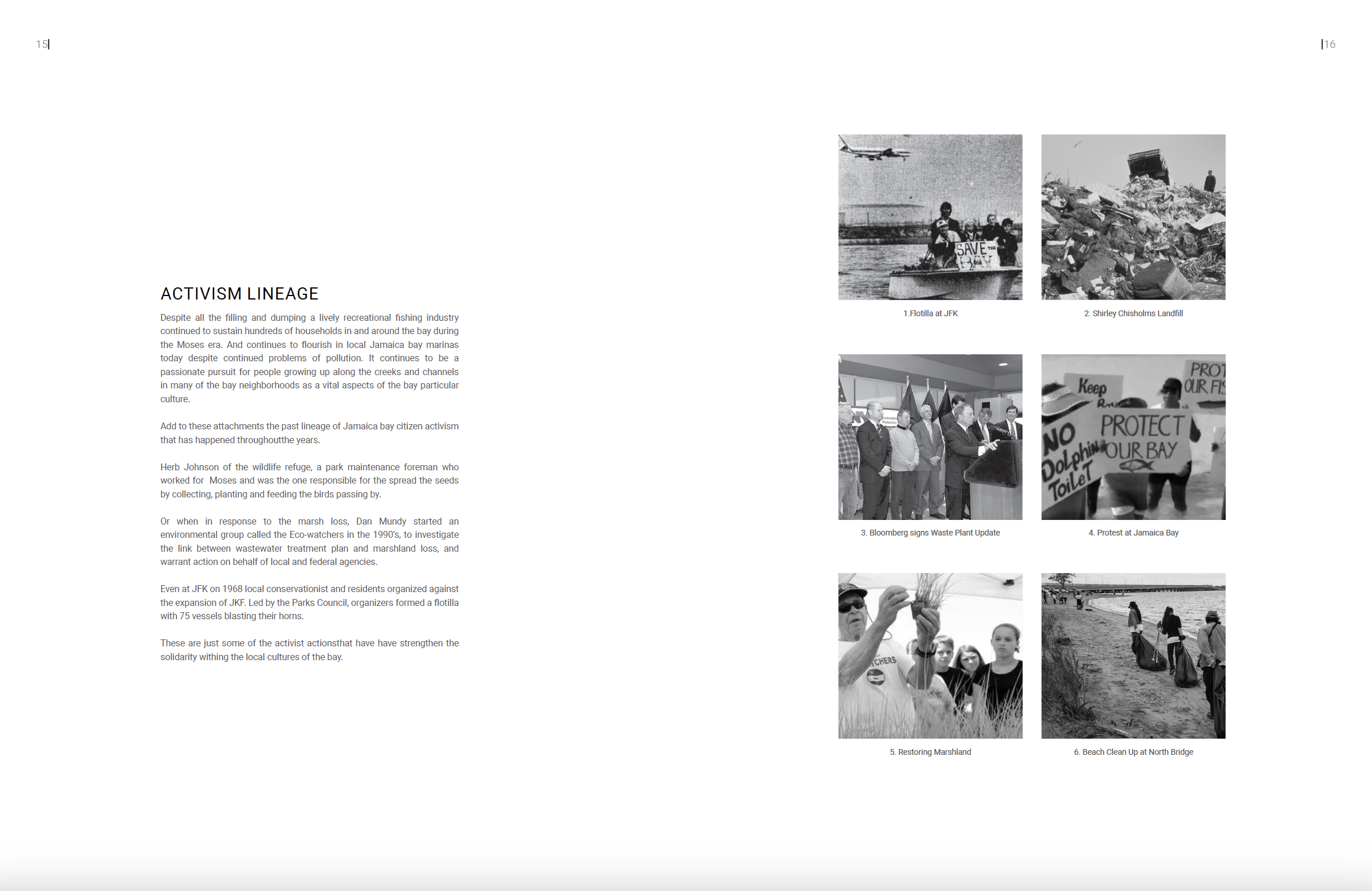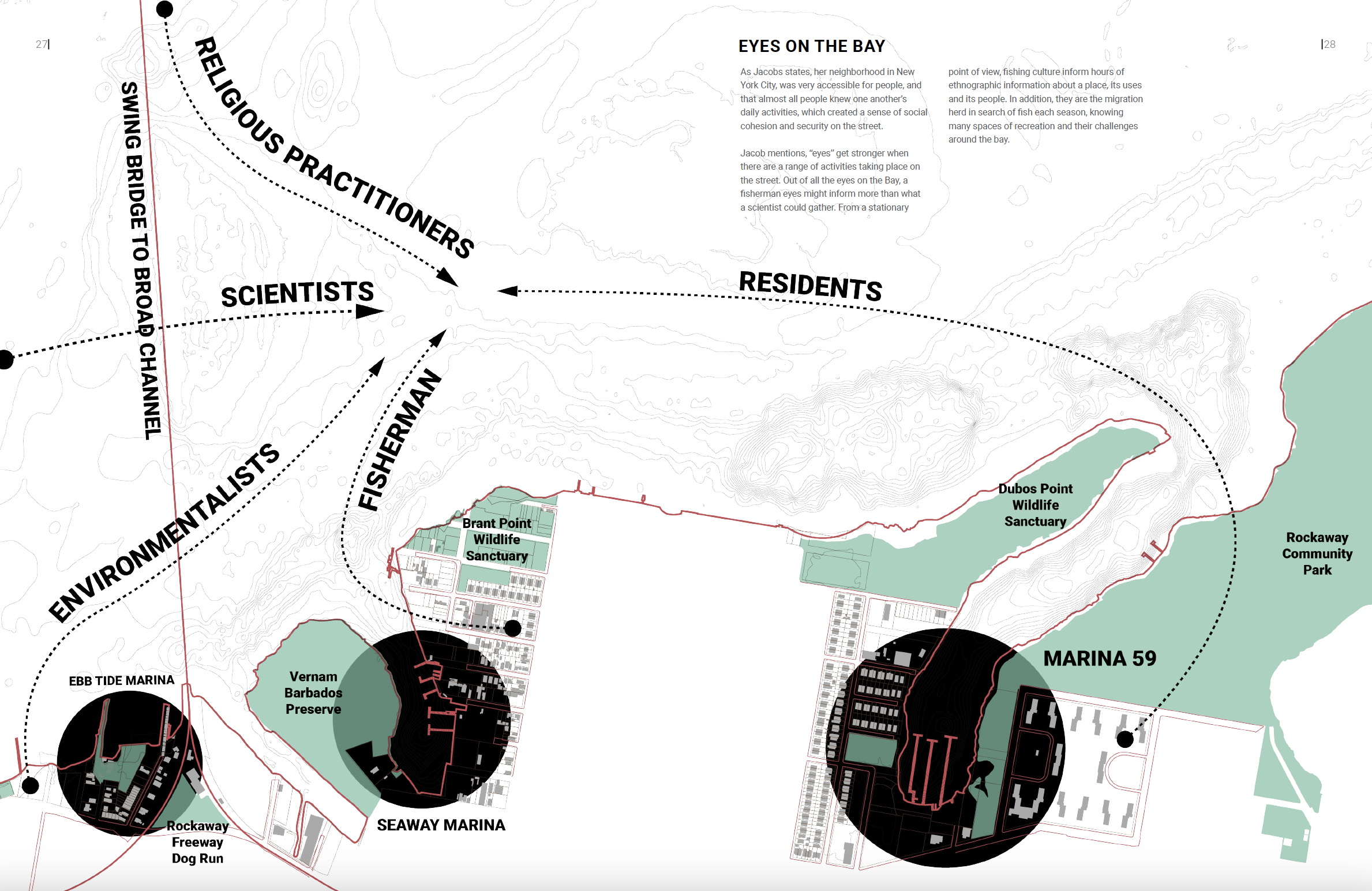Design Justice & Policy Change through Stories of Phantom Flooding in The Rockaways
For this research, I have explored questions of resilience and culture in the Hammels neighborhood in Rockaway, Queens. Using ethnographic field research and methods central to architectural design, I have collaborated closely with various community partners such as the Rockaway Initiative for Sustainability & Equity (RISE), the Jamaica Bay-Rockaway Parks Conservancy (JBRPC), and the Science and Resilience Institute of Jamaica Bay (SRIJB). Together, we speculate on the potential of architecture and design to meet residents’ needs while anticipating the future habitat of the Atlantic coast.
Additionally, as a Community Planning Fellow with the Fund for the City of New York (FCNY), I researched phantom flooding and its impact on residents in East Rockaway, informed by my own experiences with climate threats in Puerto Rico. This fellowship project aims to amplify the voices of those we often do not hear from and highlight how climate change impacts the most vulnerable people in coastal cities daily. I collected narrative data about nuisance and daily flooding and proposed policy recommendations to mitigate the risks faced by people in vulnerable areas.

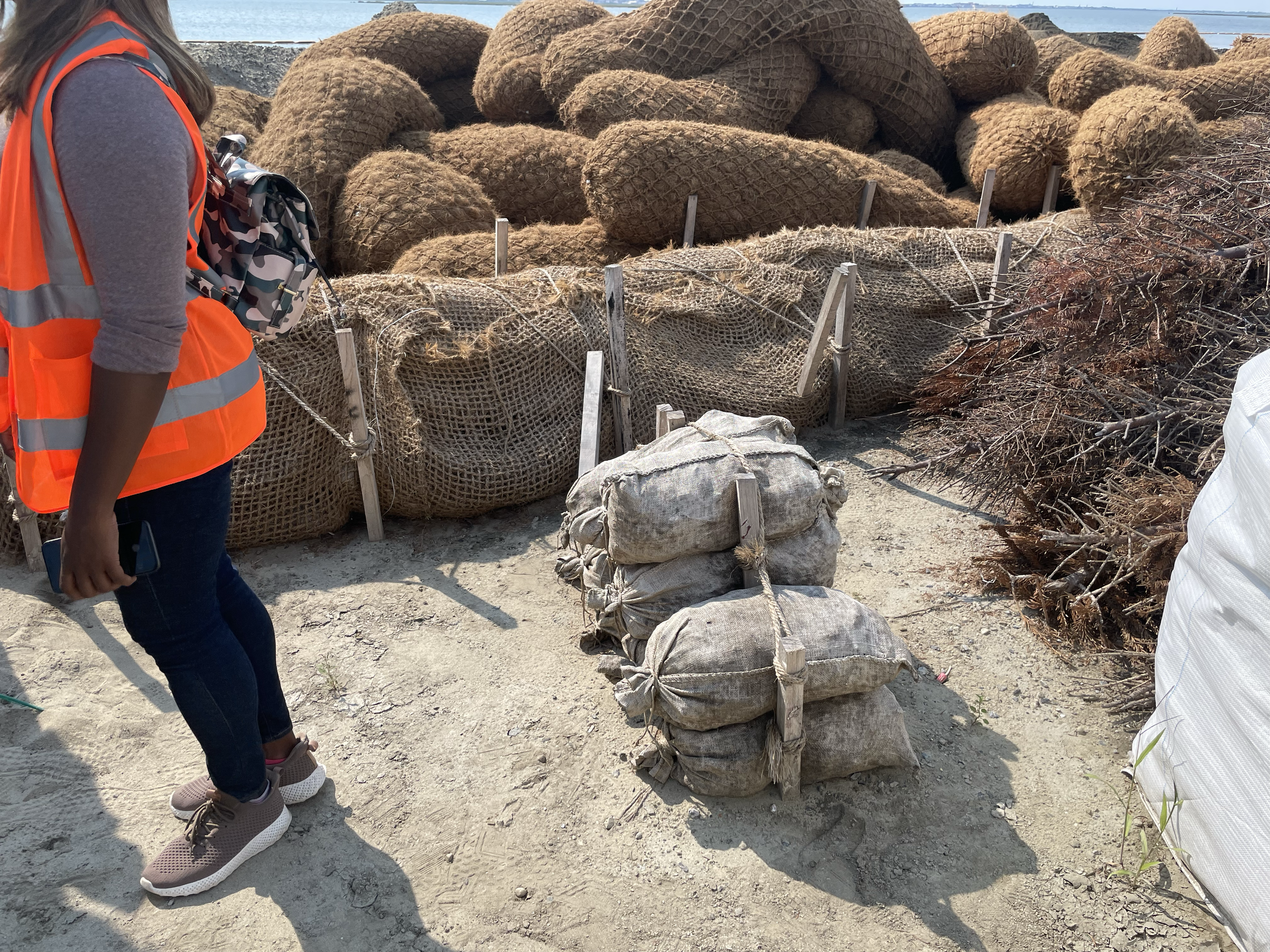
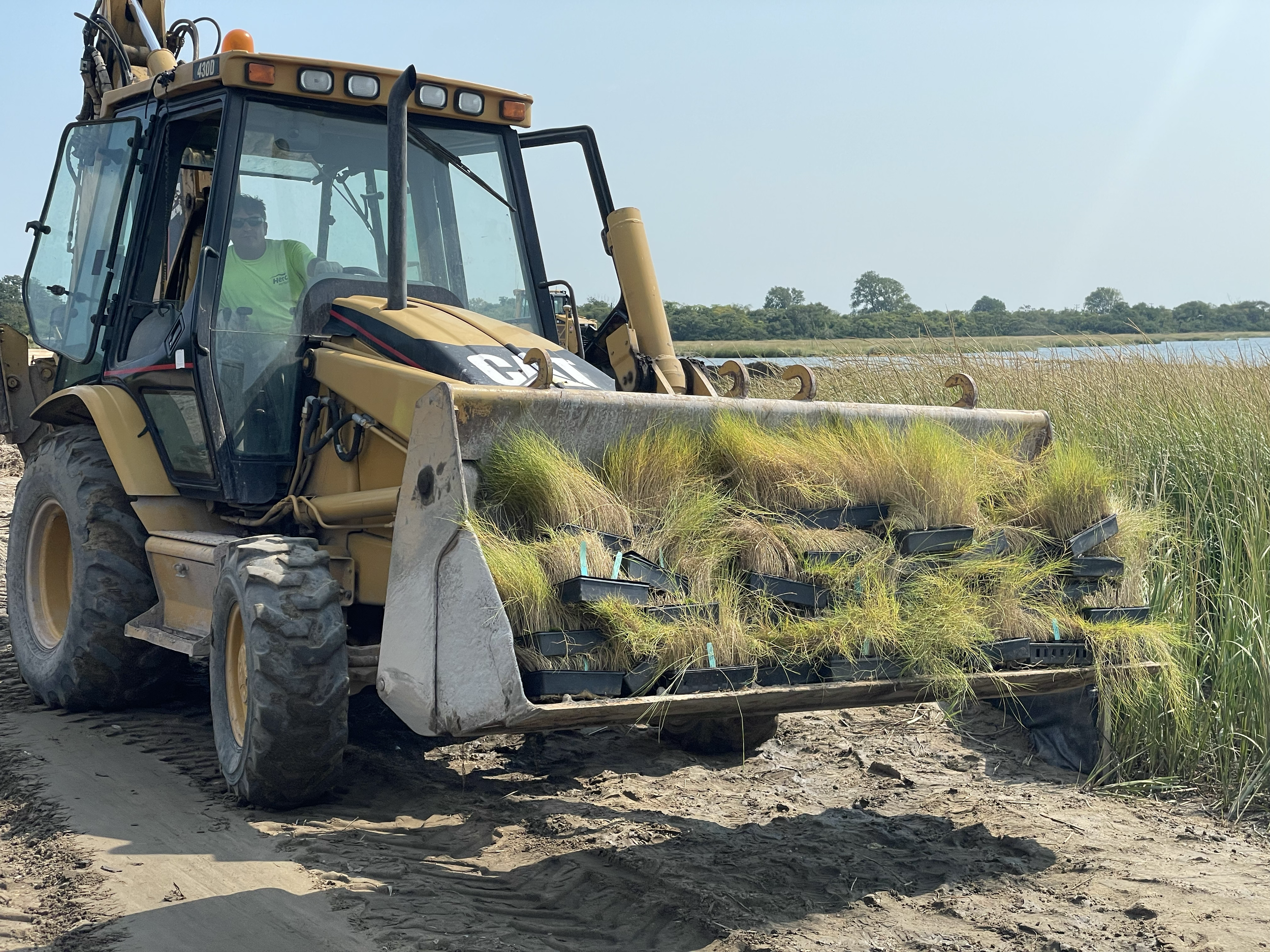
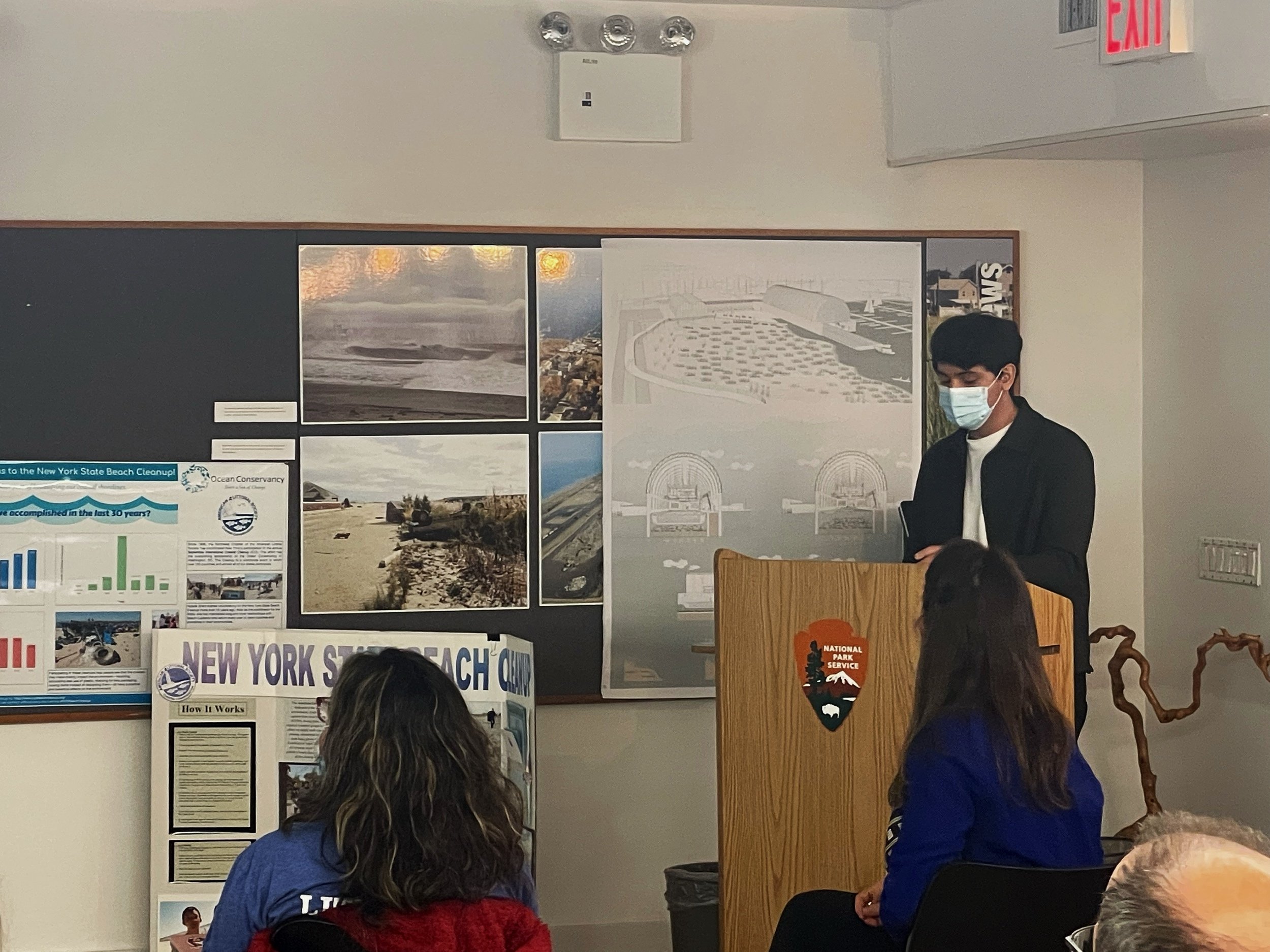

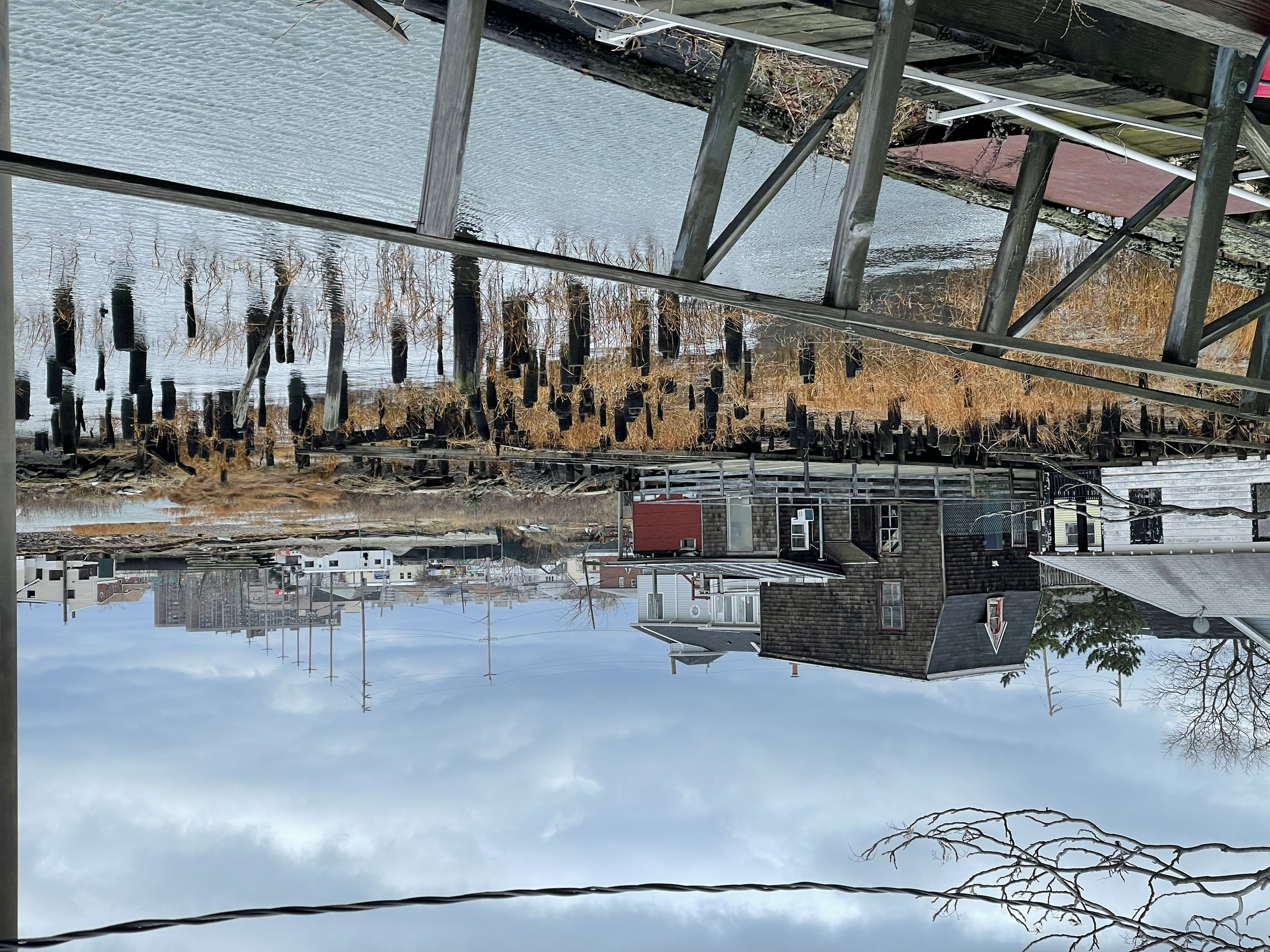
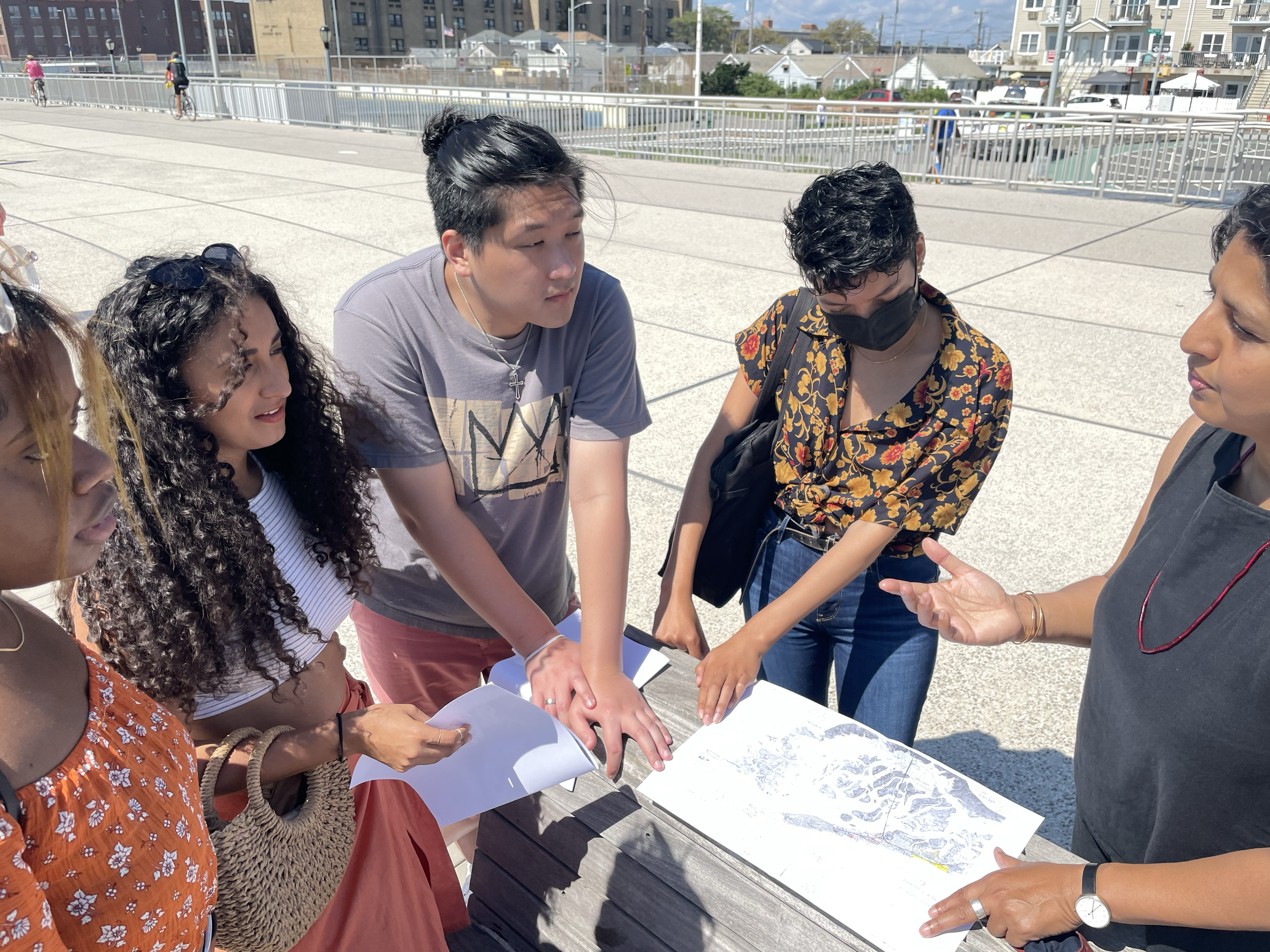
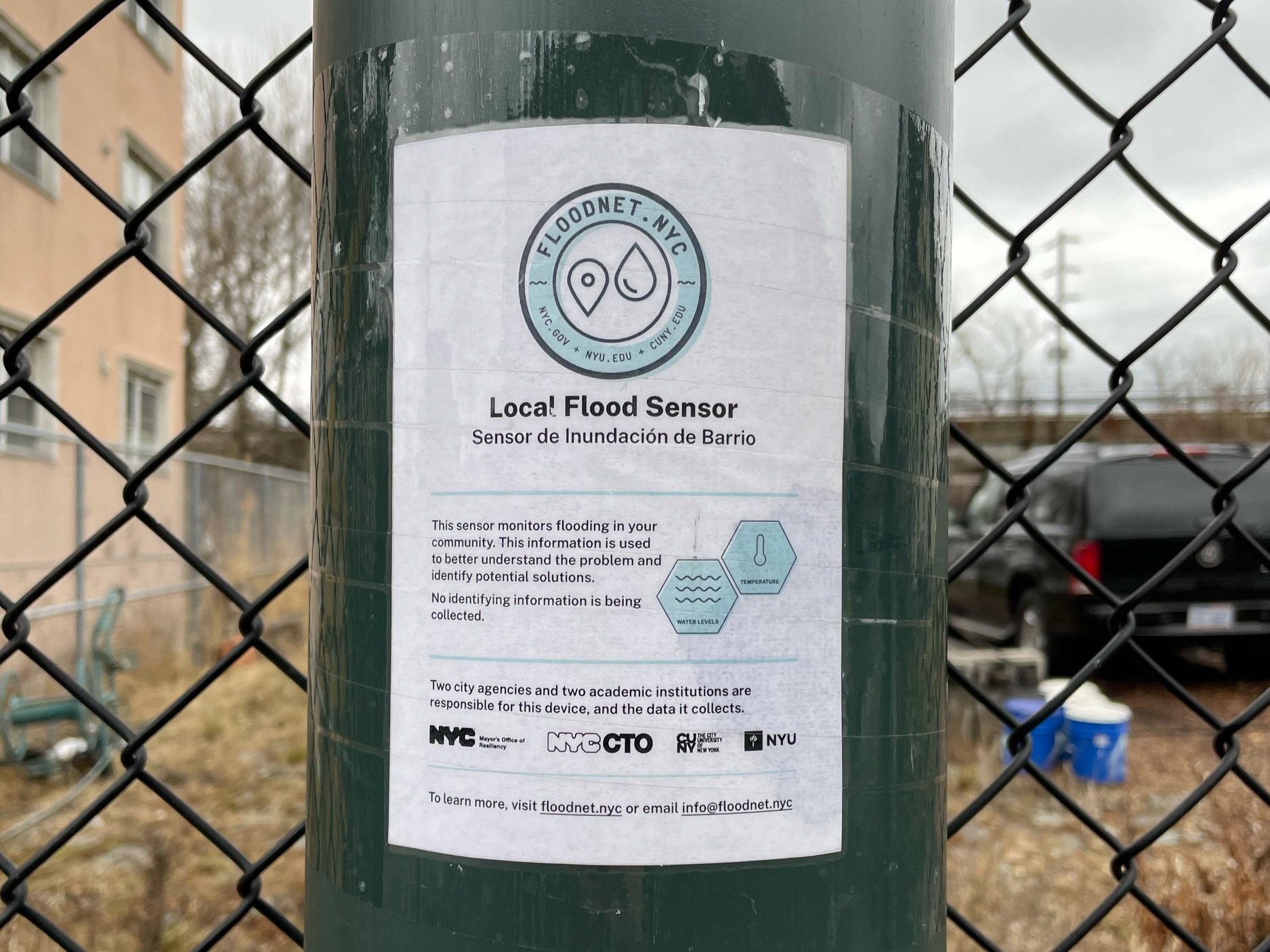
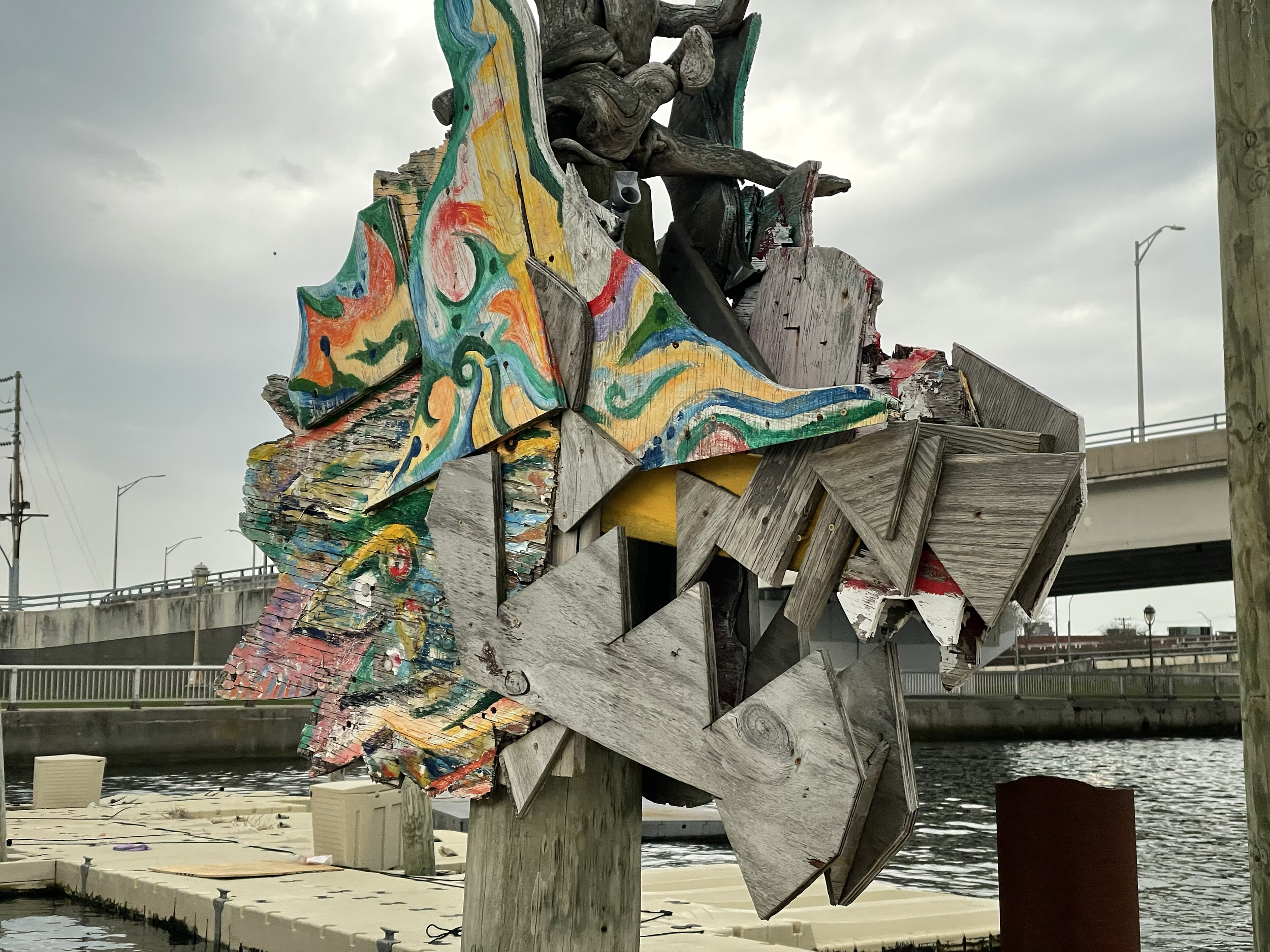



Unit 25: When Land Becomes Water







